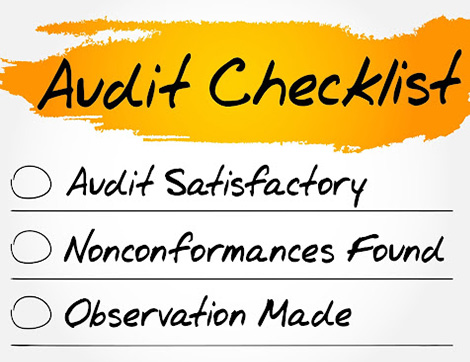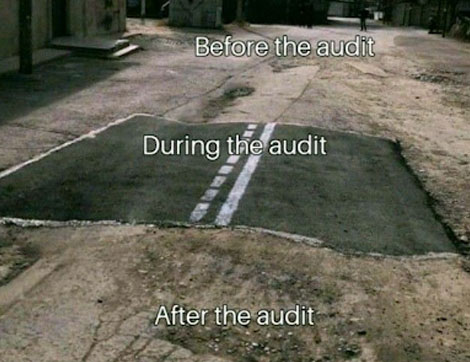Due diligence is an important process to learn about when considering becoming a buyer for a registered training organisation (RTO). It is essential, before investing in a registered training organisation, that you have a solid understanding of the function that due-diligence audits serve.
These audits can be carried out by experienced RTO consultants in order to evaluate the organisation’s compliance with all applicable regulatory and legislative requirements, as well as the quality of the training that is being provided by the organisation, record keeping, and so on.
The findings of the audit are analysed to determine whether or not the organisation meets the criteria necessary to provide high-quality training. If the audit finds that the organisation is not meeting the required standards, the organisation will have the opportunity to correct the compliance issues in order to meet regulatory standards and guidelines.
The process of due diligence is very important because, if a regulatory body discovers that an organisation is not complying with their requirements, the regulatory body has the authority to take action against the organisation, which may include suspending or cancelling its registration.
Audits of due diligence are an essential component in achieving the goals of ensuring that the organisation you are planning to purchase is a compliant registered training organisation and gaining an understanding of the steps required to become one.
If you are able to gain an understanding of the goals of these audits, you will be able to select a training provider in which to invest your time, energy, and resources with the confidence that you are making an educated and informed choice.
Before diving into the specifics of a due diligence audit, it is essential to have a solid foundational knowledge of the various audit procedures that can be carried out on an RTO. Only then will you be able to fully comprehend what goes into this particular type of audit. The following are the two primary categories of audits:
- Financial audits
- Compliance audits
Audits of financial records are carried out with the purpose of determining an RTO’s overall financial health and stability.
On the other hand, compliance audits are centred on determining whether or not an RTO is in accordance with the Standards and the requirements set forth by legislation.
Audits of compliance with due diligence requirements are one type of audit. Independent auditors and consultants are the ones who carry them out. An RTO’s compliance with the Standards and its ability to continue business in a financially sustainable manner are two of the primary foci of a due diligence audit, both of which are intended to serve as assurances that the audit was carried out properly.
During a due diligence audit, the auditors will look at a variety of factors, including the following:
- The extent to which the RTO complies with the Standards
- The financial viability of the RTO
- The RTO’s various marketing activities and endeavours.
- The procedures for training and assessing students at the RTO
- Management and governance structures that are in place for the RTO.
If there is reason to believe that an RTO is not adhering to the standards, the regulatory bodies have the authority to carry out investigations and carry out audits on the RTO in question. Therefore, if you are considering buying a registered training organisation (RTO), you need to understand the following:
- any non-compliance on the part of an RTO’s historical records and data could become a source of stress for you.
- there may be training and assessment resources available to organisations but they may not be compliant with the regulations
- there may not be sufficient facilities, equipment, and resources for conducting compliant training and assessments
- Training organisations may not have compliant trainer files and records
You will benefit from a due-diligence audit because:
- You can gain a better understanding of the efficiency with which training programmes are being run by conducting a due-diligence audit.
- You can also gain a better understanding of stakeholders’ needs analysis by conducting a due-diligence audit.
- An RTO can receive helpful feedback about their level of compliance with the applicable standards through a due-diligence audit.
- You will have a great opportunity to understand the standards and requirements necessary to operate in the training and education industry if you participate in a due-diligence audit.
When an RTO is registered, it indicates that the organisation has satisfied the prerequisites necessary to begin conducting education and training business. On the other hand, this does not necessarily imply that the RTO will always be in compliance with the applicable standards and regulations. Audits of an RTO’s compliance with applicable regulations and the quality of the training it offers are absolutely necessary in order to fulfil the requirements of due diligence.
Does your registered training organisation need an audit by CAQA auditors? Feel free to reach out to us if this is the case.











